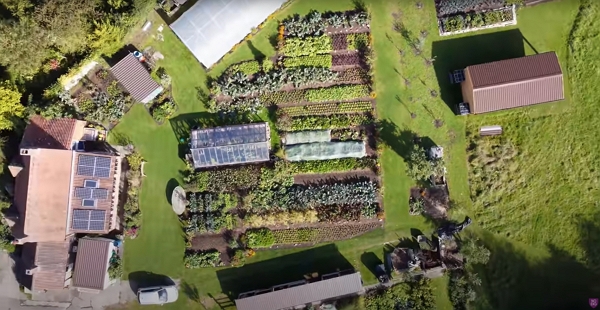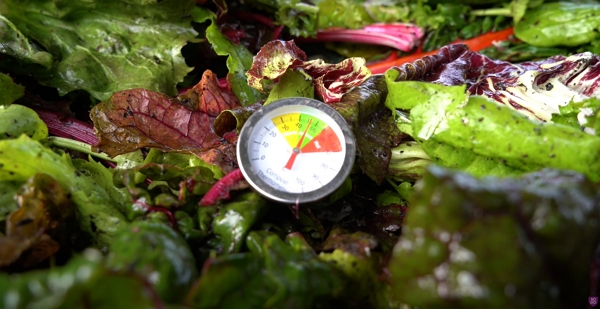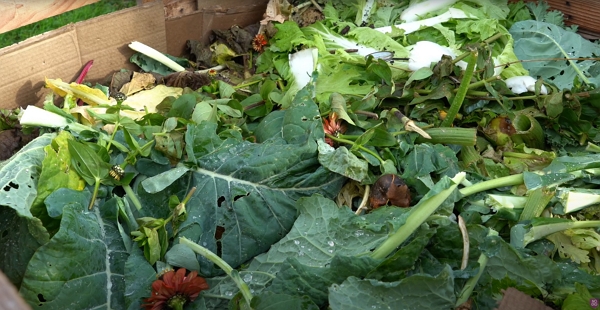Charles presents quick ways to make and use compost in a no dig garden.
Thanks to Charles Dowding for sharing his wisdom and knowledge! I wrote the following notes watching the video published on Charles Dowding’s channel. You can watch it using this YouTube link.
You need to try things out when it comes to composts.
In this article, we will look at that with Charles.
Personal note
Remember: you can put a lot of things in a heap, even some things that most people wouldn’t put in, like bindweed. I have been watching Charles’s vlogs for a while and tested myself the ideas he shares and I can tell you it is true.
Charles explains that the bindweed loses the contact with the parent root in the heap. Within a month or two, the pulled-out roots loose the resources to develop and they die, even a cool heap.
About weed seeds
You must have heat to kill seeds, between 60 °C to 70 °C. Otherwise, they grow once you spread the compost in the beds.
But because they are on the top, it is easy to root them out again. But do it early!
A few tips about the garden
- Keep a clean area, to reduce the number of slugs or snails.
- Leave vegetable roots in the soil after harvest
How to assemble the pallets for your heap
The steps are:
- Clean up the area, removing roots of any kind
- Take 4 wood pallets
- Take off, or not depending on your preference, the bottoms
- Attach the sides together with a wire on top and bottom (and even in the middle if necessary)
- Put cardboard around the inside edges to keep the light out and the moisture as you will fill in the heap.
That is it!
No need of wood post to hold the pallets up.
No need of cardboard at the bottom.
How to use the 3-heap system

- You will fill heap 1 first.
- Then you will fill heap 2.
- Then, when the heap 1 has sunk by half, you turn the content into heap 3.
- You do the same with heap 2 into heap 3 when it is ready.
When you need to turn heap 1 into heap 3 again, your compost in heap 3 from the first cycle is ready.
What do you put in the heap
You can put:
- blighted tomato and potatoes leaves, stems and fruits (because blight can’t survive in the compost heap)
- green vegetable waste
- weeds without the soil (because it will help the weed develop…)
Charles suggests to do the following to hold the structure in the heap:
- 5 cm of green
- a thin layer of brown (autumn leaves, for example)
Within about 6 to 10 months, the compost will be ready. You decide by the look of your compost. You need to try and experience and in the end, you will find the good fit.



